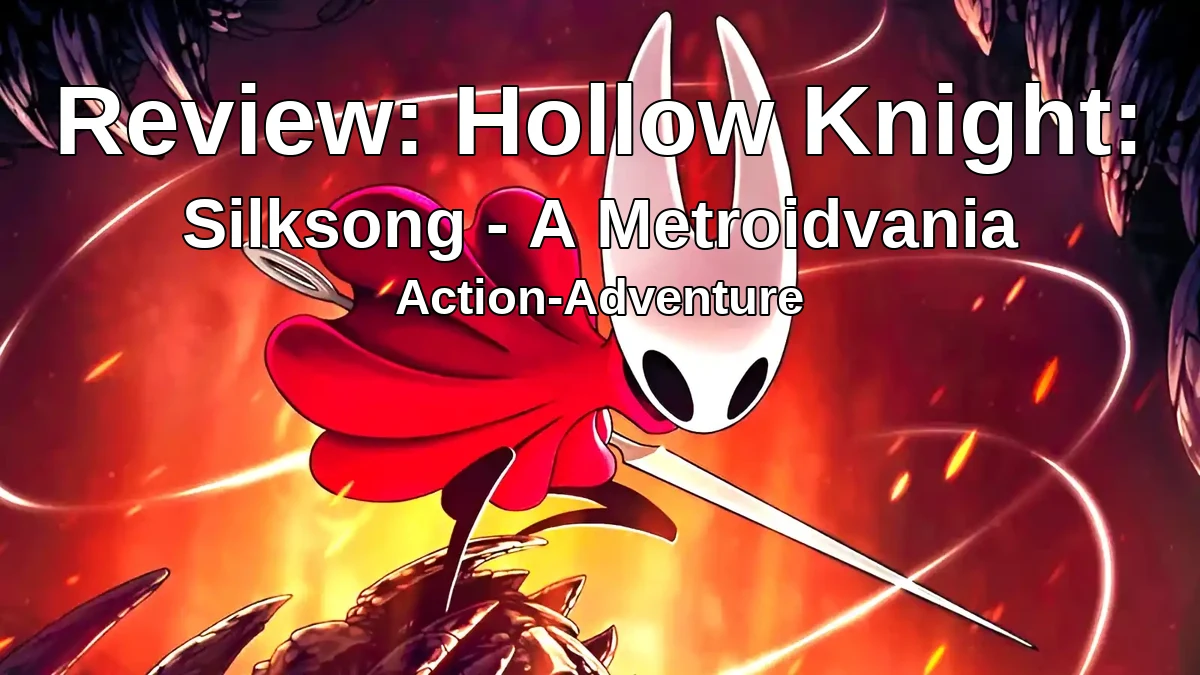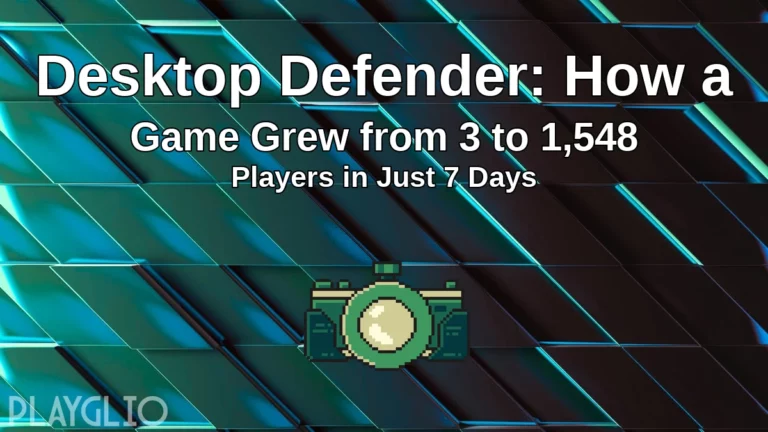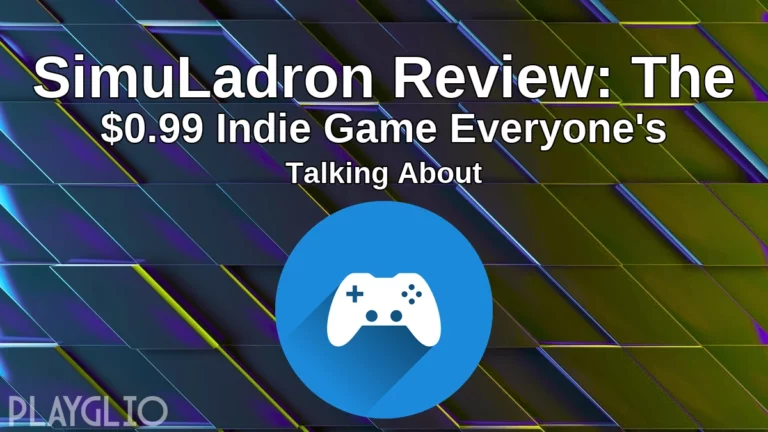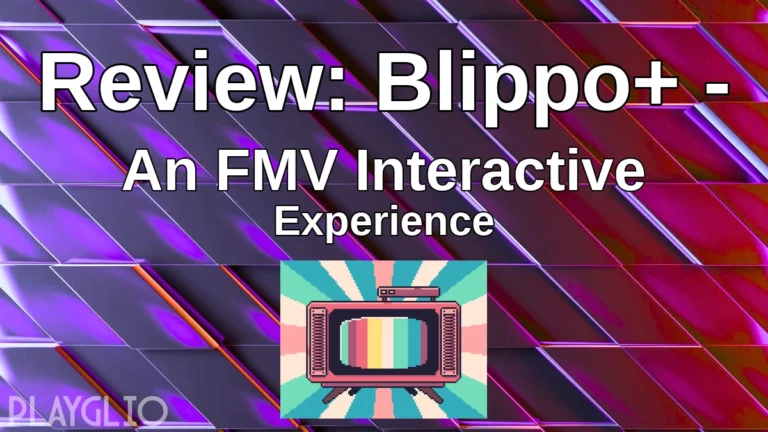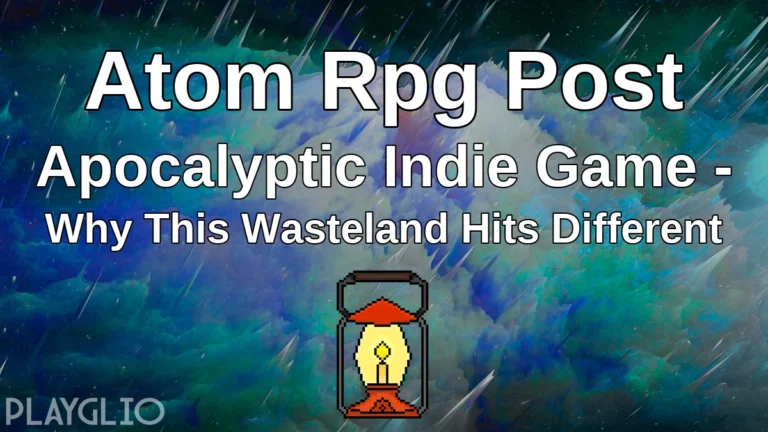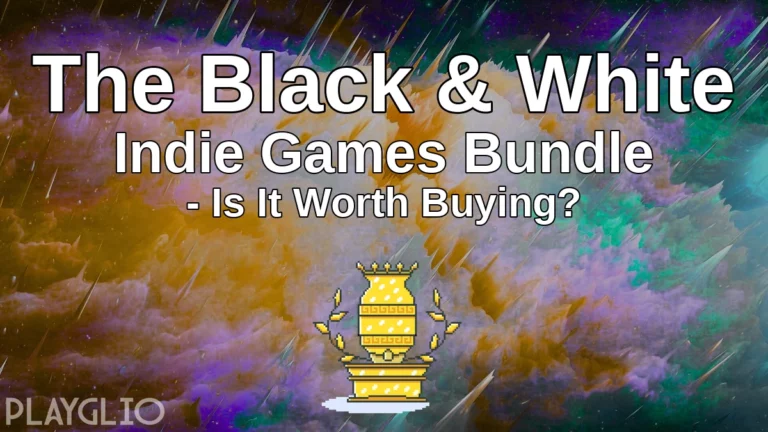Hollow Knight Silksong Review: Metroidvania Action-Adventure Masterpiece
If you’ve been following Hollow Knight: Silksong since the first trailer, it’s probably surreal to finally be holding the controller and playing it. After years of waiting, speculation, and radio silence, the sequel is no longer just a dream or a meme, it’s real. And for a lot of us, that comes with a strange mix of excitement and tension. You want it to be everything you hoped for, but part of you worries it can’t possibly live up to the wait. What’s surprising is that Silksong doesn’t really try to recreate the original. It doesn’t lean on nostalgia or play it safe. Instead, it pivots hard. The moment you take control of Hornet, you feel it. This isn’t just Hollow Knight with a new coat of paint. It’s a faster, sharper, more vertical game that pushes you to stay in motion. The mood is still there, the quiet storytelling, the atmosphere, the eerie calm between fights, but the rhythm is completely different.
Hornet changes a lot about how it feels to play
She’s fast, acrobatic, and combat focused. You’re no longer inching your way through silent corridors like the Knight. You’re flipping, grappling, and launching needle strikes mid-air like the game wants you to keep moving at all times. Her moveset encourages aggression, but it also demands precision. Mess up a dash or mistime a jump, and you’ll feel it immediately.
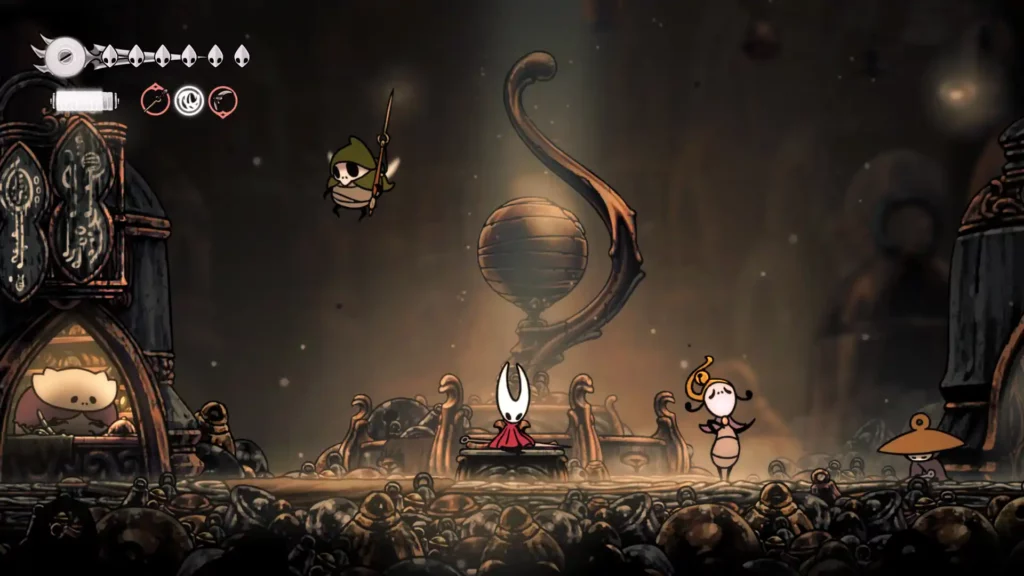
The kingdom of Pharloom is designed around this pace. It’s not just harder, it’s more vertical, more layered, more kinetic. Instead of spiraling downward into mystery, you’re climbing toward something. And that sense of ascent changes the tone completely. You’ll be fighting in sunlit towers, swinging through tight corridors lined with traps, and hopping between floating platforms in the clouds. It gives you less time to breathe, but it also feels like a constant challenge to adapt and improve.
One thing I had to learn quickly: don’t treat Hornet like the Knight. You can’t brute force your way through early encounters. There’s less room for mistakes, especially in boss fights. They come at you faster and hit harder, but they also leave just enough room for you to outmaneuver them if you’re paying attention. This is one of those games where your first few hours might feel rough, but then one click happens, and suddenly you’re threading together dodges and attacks like it’s second nature.
Tools, quests, and small choices
Silksong introduces a tool system that lets you customize Hornet’s abilities. These tools aren’t just bonus effects, they often redefine how you approach a situation. One early tool gave me better mid-air control, which completely changed how I tackled platforming sections. Another let me regain health over time, which turned a nearly impossible boss into something manageable. The game doesn’t spell out which tools are “right.” It nudges you to experiment and figure out what fits your rhythm.
That same idea extends to the quest structure. You’ll get story quests, side missions, and small objectives that seem minor until they suddenly unlock a path or reward that shifts your whole loadout. There was one optional quest I ignored for hours because it felt like filler. When I finally completed it, it unlocked a shortcut and a healing bench I’d been praying for during a brutal segment. So the best advice? Stay curious. If something feels off path, it’s probably worth checking anyway.
The journal system helps keep track of all this. It logs characters, lore bits, and your progress across regions. It’s not as mysterious as the original Hollow Knight, but that’s not a bad thing. With Silksong’s faster tempo, having a way to quickly recall who gave you a quest or where you last saw a locked gate becomes essential.
Great level design and superb soundtracks
One of the most satisfying things about Silksong is how alive the backgrounds feel. You’ll see distant silk weavers crawling in the shadows or shafts of light bending through tree branches as you climb. These aren’t gameplay elements. They just add texture to the world, like everything is moving even when you’re not. It makes the climb feel purposeful, like you’re heading somewhere that matters.
Christopher Larkin’s score hits that same mark. He doesn’t just bring back the Hollow Knight sound, he evolves it. Each biome has its own feel, but the music shifts as you move through it, building and fading with your progress. There’s a stretch in a wind tossed tower where the melody feels like it’s gasping for air right alongside you. And in those quiet caves beneath Pharloom, the music almost disappears, replaced by drips and echoes. It’s not just background noise, it reacts to the mood and pace in ways that sneak up on you.
Hollow Knight Silksong : Difficulty that asks for patience
If you struggled with Hollow Knight’s early bosses, Silksong might surprise you even more. Hornet takes up more screen space, which makes some hitboxes tighter and platforming less forgiving. And since the game rarely explains its systems in detail, you’ll probably lose a few fights just trying to figure out what your tools actually do.
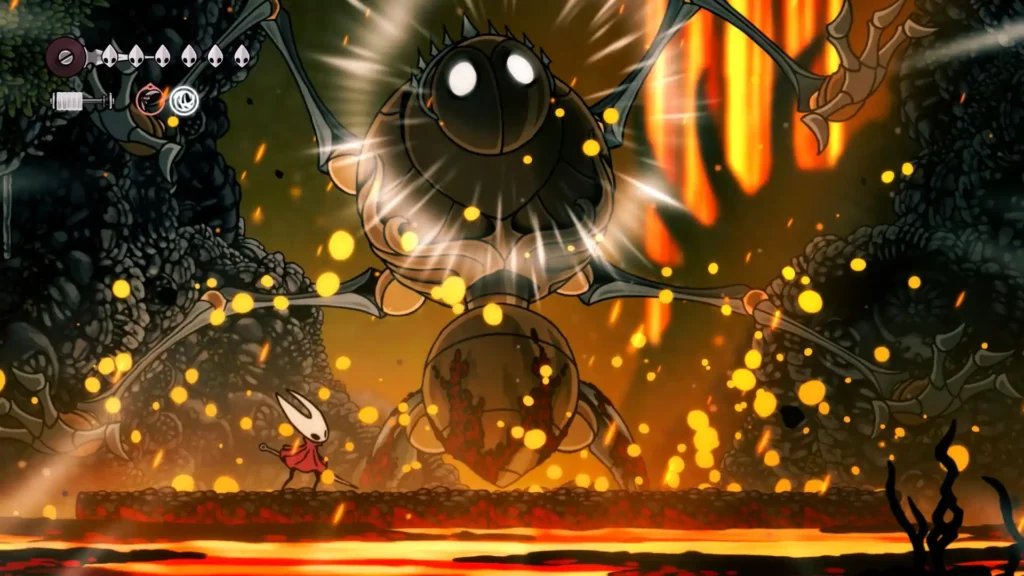
But here’s a trick I use: pause. Not in game, but mentally. If I die to the same boss three times, I don’t just try harder, I stop and rethink everything. What tools am I using? Am I being too aggressive? Can I take a different path instead? More often than not, switching up a tool or revisiting an earlier area for upgrades gives me exactly what I need.
It also helps to just walk away sometimes. I played for four straight hours one night and couldn’t clear a single section. Came back the next day, beat it in ten minutes. The game doesn’t punish you for pausing. In fact, it seems built with that in mind.
For tips, community help, and updates, I’d recommend checking Reddit’s r/HollowKnight and the Silksong Discord are great for more personal help too, especially if you want to compare tool builds or talk boss strategies.
A sprint through chaos
What makes Silksong stick with you isn’t just the polish or the level design. It’s how it takes something familiar and reframes it. Hollow Knight made you feel like a small bug lost in a quiet world. Silksong makes you feel like you’re being chased upward by something invisible. The urgency is new. It’s exciting, but it’s also exhausting in a way the first game never was.
That doesn’t mean one is better than the other. Just different. Hollow Knight gave you time to wander and soak in silence. Silksong wants you to move, adapt, and react. It rewards mastery, but it demands it sooner. If you want a game that lets you breathe, this might not be your rhythm right away. But if you’re into that feeling of being slightly overwhelmed until it all clicks? This is it.
Silksong doesn’t try to be the next Hollow Knight. It tries to be a challenge on its own terms and in a way, that’s what makes it so easy to respect.
FAQ
Do I need to finish Hollow Knight to enjoy Silksong?
Not at all. Silksong stands on its own. If you’ve played the original, you’ll catch some references, but it’s not required.
How long is Silksong compared to the first game?
It’s a bit shorter if you just stick to the main path, but completionists can expect around the same playtime, roughly 30 to 50 hours depending on how deep you go.
What’s the best platform to play on?
It runs well across PC, PlayStation, Xbox, and Switch. The Switch version now has better performance than before, but if you want max fluidity, PC is still the smoothest.
Is there a way to lower the difficulty?
There’s no official easy mode, but the game gives you tools to adjust how you play. Defensive builds, health regen, and route choices all let you soften the challenge without changing the core game.
Where can I find help or tips without getting spoiled?
Start with r/HollowKnight on Reddit, it’s great for tips from real players.
Final thoughts
Silksong doesn’t need to be a flawless sequel. It just needs to be itself and it is. That self is quicker, sharper, and more intense than what came before. For some players, that’ll be exactly what they wanted. For others, it might take time to adjust. Either way, don’t force it. Let it grow on you. Take breaks, try new paths, and share what you discover. That’s what makes these games stick with us long after the credits roll.
If you’ve found a trick, a build, or a moment that surprised you, drop it in the comments, I’m still figuring things out too.
Don’t hesitate to check out our reviews of other indie games:
https://playglio.com/category/reviews/
Images sources : rockpapershotgun.com / Steam : Hollow Knight: Silksong

